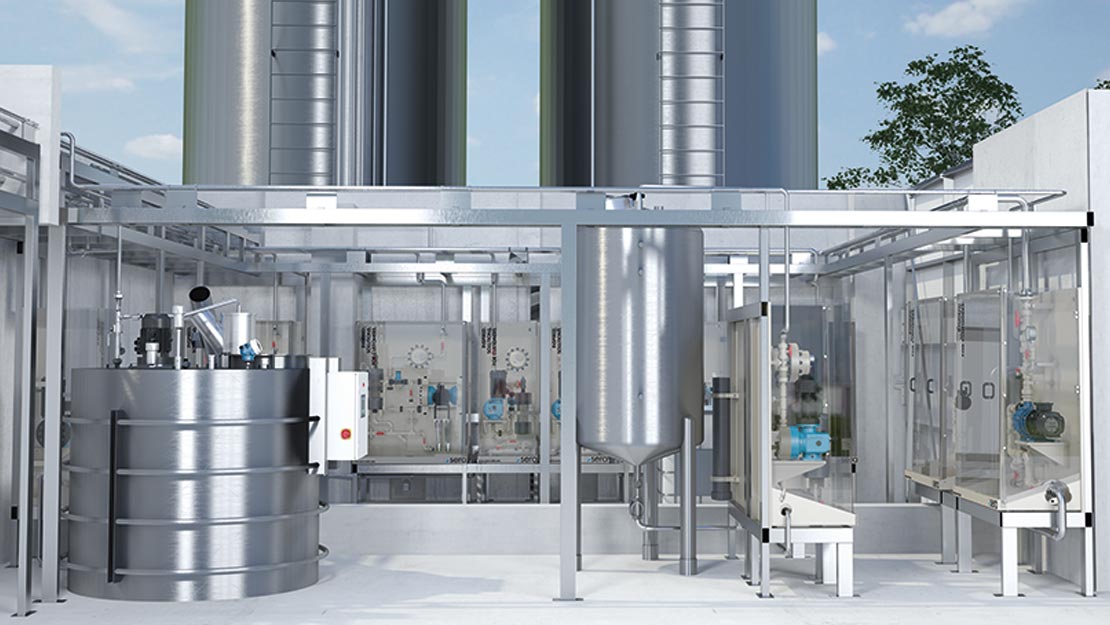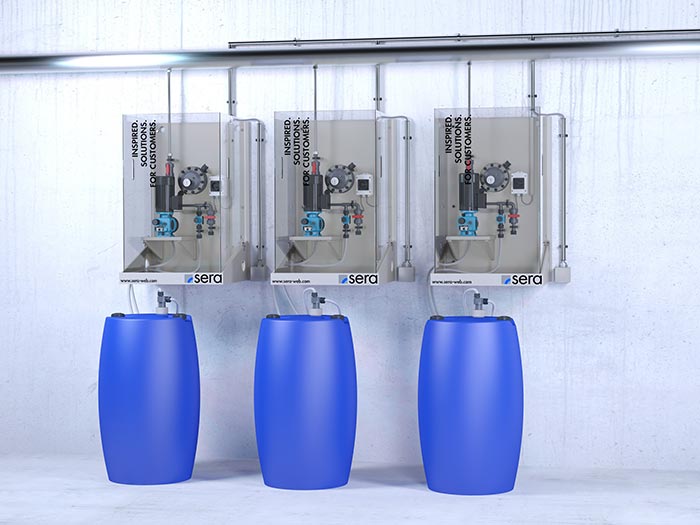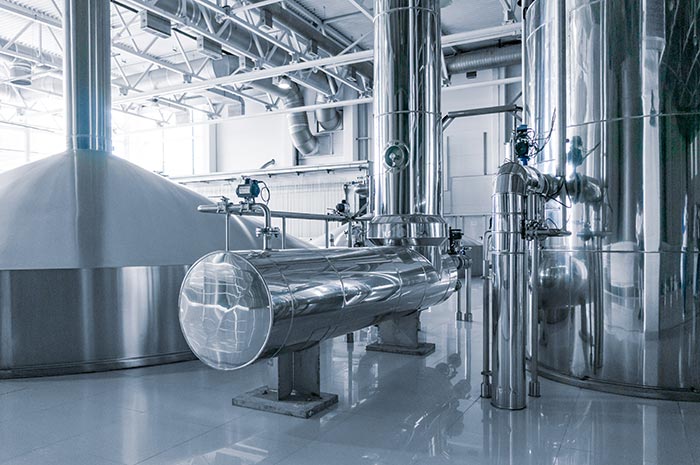Hygiene is the top priority in the food production sector
In the food production sector, hygiene is the top priority. The legal requirements of companies in the food processing industries, such as breweries and dairies, are very high and product safety plays a particularly important part here. Production systems must therefore be cleaned in regular cycles to ensure consistent product quality and compliance with the relevant hygiene standards.
With manual cleaning, plant operators face quite a few challenges: the production process has to be stopped and the areas to be cleaned, including tanks and pipes, must be exposed to reach them. Water and cleaning chemicals are rarely used to the extent required, which can quickly lead to residual contamination or waste. The water used is recycled only in part, if at all. Shutting down a production facility is always associated with huge costs, as is the imprecise use of water and cleaning agents.




